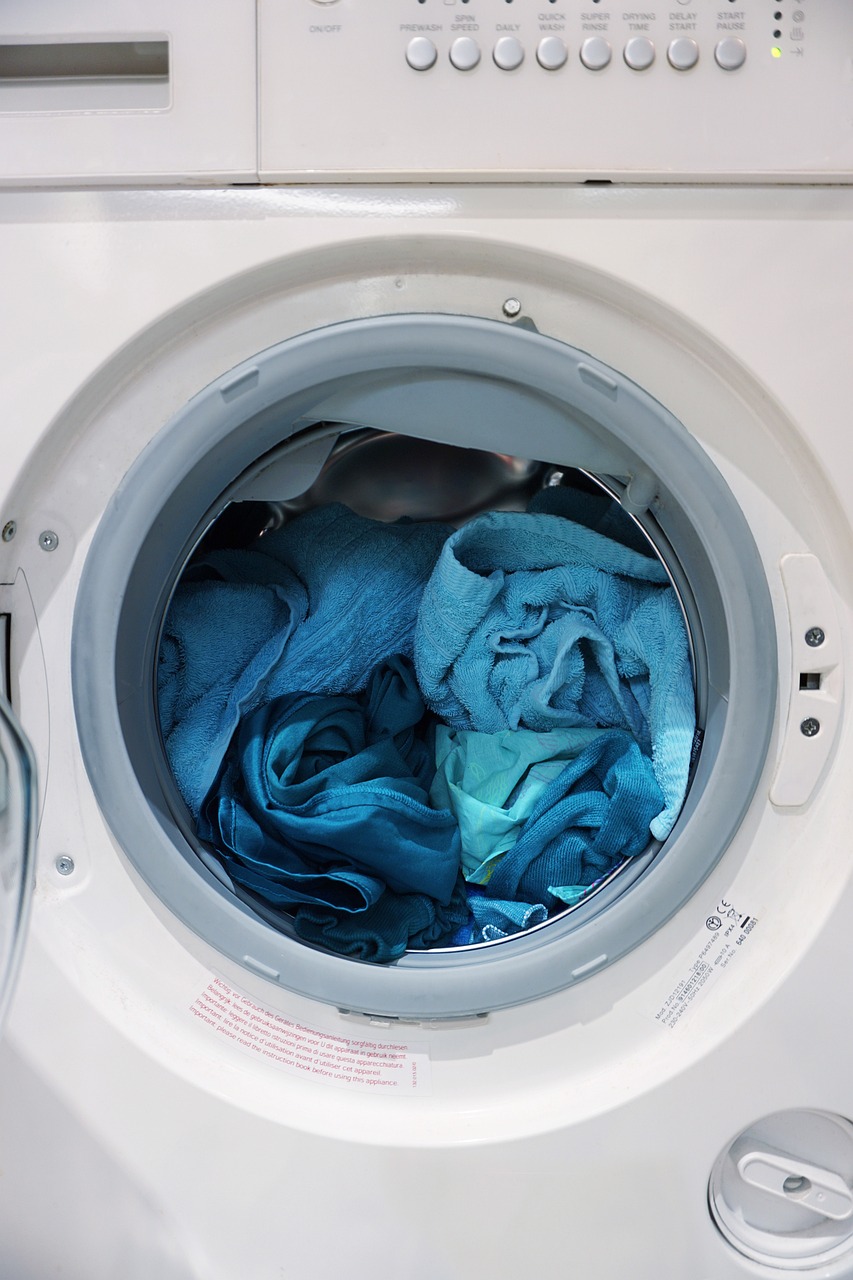
After recovering from a cold or the flu, it’s essential to clean and sanitize your home to prevent the spread of germs. Once your sneezing, coughing, and congestion have passed, follow this checklist to thoroughly clean your home, including laundry items, solid surfaces, and high-touch areas.
How to Identify Dirt in a Room
A useful method for identifying hidden dirt in a room is to use UV light. Here’s how:
- Darken the Room: Turn off all lights and close the blinds or curtains to create a dark environment.
- Scan with UV Light: Use a UV flashlight, such as the Arkfeld Pro, and slowly scan areas like corners, under furniture, and along baseboards.
- Detect Dirt and Stains: Under UV light, dust, dirt particles, and waste can fluoresce, appearing as bright spots or irregular patches that are not easily seen under regular lighting. This method can also highlight stains on fabrics, walls, and countertops, making hidden grime more apparent.
Using a UV light can be particularly helpful if you have pets, as it can reveal accumulated pet hair, dirt, and stains that are otherwise difficult to spot.

Take Out the Trash
Before you start cleaning, remove all trash from the room. This includes any items that have been left on furniture or around the room for too long, such as discarded tissues, food wrappers, and empty bottles. Taking out the trash first will give you a clear view of the space, making it easier to clean thoroughly.
Dust Everything
Use a damp cloth to wipe down all surfaces, including:
- Furniture: Bed frames, dressers, nightstands, and shelves.
- Ceiling Fans: These often collect dust and should not be overlooked.
- Hidden Areas: Move furniture to dust underneath and along baseboards.
After dusting, go over surfaces again with a cloth dipped in soapy water, followed by rinsing with clean water. Once the surfaces are dry, you can proceed to sweep or vacuum the room.
Disinfect Kids’ Rooms
Children tend to spread germs easily, so it’s important to regularly disinfect their rooms. Wipe down all surfaces with disinfecting spray or wipes, including:
- Changing Areas: Clean diaper changing tables thoroughly.
- Cribs: Pay attention to slats and crib nails.
- Toys: Disinfect plastic toys and allow the disinfectant to sit for 30 seconds before wiping with a moist cloth.
Sanitize the Kitchen Sink
The kitchen sink is one of the most germ-laden areas in the home, often harboring bacteria from raw meats and food particles. To sanitize:
- Scrub the sink daily with detergent and a disinfecting cleaner.
- Wet the kitchen sponge and microwave it for two minutes to kill bacteria like Salmonella and E. coli.
Tackle the Fridge
Keep your refrigerator clean by wiping down doors, walls, and shelves with warm, soapy water every few months. For stubborn odors:
- Use a mixture of half water and half white vinegar.
- Alternatively, clean with a solution of water and baking soda, then let the fridge air out for a few hours.
Always clean spills in the refrigerator as soon as they happen.
Scour the Bathroom
Create an all-purpose bathroom cleaner by mixing:
- 2 tablespoons of dish liquid
- 2 tablespoons of ammonia
- 1 quart of hot water
Use this mixture to clean sinks, tubs, floors, and showers. Rinse with clean water afterward. To remove tough stains, apply a baking soda paste and scrub gently. Use a squeegee on shower walls after each use to prevent mold and mildew buildup.
Put a Lid on Toilet Germs
Flushing with the toilet lid open can spread germs and bacteria throughout the bathroom, even onto your toothbrush. To minimize this:
- Clean the toilet bowl weekly, using a toilet brush and cleaner inside the bowl.
- Wipe the seat, lid, and outside of the bowl with a disinfecting cleaner.
Always flush with the lid down to prevent germ spread.
Wash Your Pillowcases and Sheets
If you haven’t done so already, wash all pillowcases, sheets, and blankets. You should replace your linens every few weeks to prevent the buildup of dust mites, which can trigger allergies. Make sure everything is completely dry before storing to avoid mold growth on fabrics.

Clean Carpets and Hallways
When you walk around your house with shoes on, you bring in bacteria like E. coli from outside. For the cleanest carpets and floors:
- Remove your shoes at the door.
- Vacuum carpets and mop floors once a week.
This routine will help keep your home cleaner and reduce the risk of spreading germs.
Wash Curtains and Drapes
Curtains and drapes can collect dust and allergens. If possible, take them down and wash them. Avoid mixing them with other laundry due to the different fabric types. Wash no more than four pairs of curtains per cycle to ensure they are thoroughly cleaned.
Final Thoughts
By following these steps, you can effectively clean and sanitize your home after an illness, ensuring a healthier living environment. Regular cleaning and disinfecting of high-touch surfaces, linens, and common areas will reduce the spread of germs and keep your home fresh.
Discover more from Market Business News
Subscribe to get the latest posts sent to your email.

